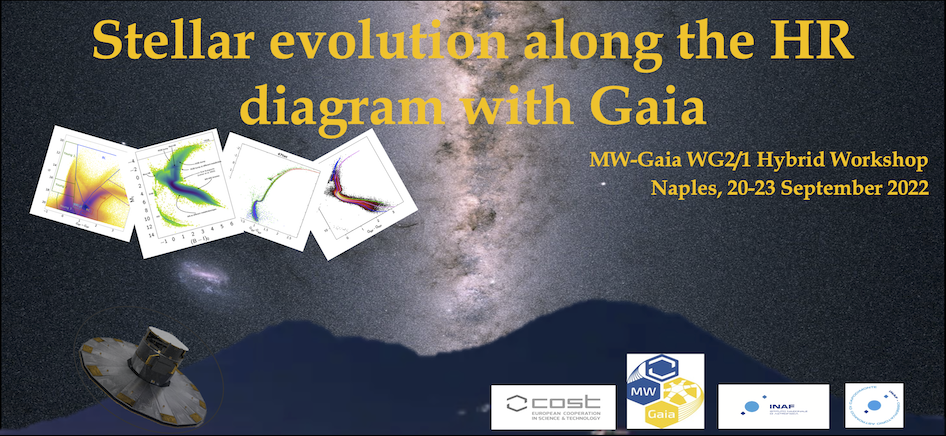Speaker
Description
Binary stars are vital to most of astrophysics. Both historically and still today they provide key measurements of stellar masses and radii. Many binaries interact, hence transfer and lose mass and angular momentum leading to the formation of exotic stars like blue stragglers, R-type carbon stars, Wolf-Rayet stars and barium/CH/CEMP stars, and also unique phenomena such as novae, X-ray binaries, type Ia supernovae and gravitational-wave sources. In the context of Gaia and the Gaia HRD, binaries are (almost) everywhere, and where they are not we find probably only merged binaries. I will review the number of, and properties of, binaries in the HRD, linking this to work that has been done using Gaia. Modelling of binaries has come a long way since they became trendy (again?) about a decade ago, and I will describe how stellar-population modelling now includes binaries and how we are dealing with the large datasets required by a mission such as Gaia. I will end with a discussion of the big questions in binary-stellar evolution, and how Gaia can/will/may help us to pin down the many – still large! – uncertainties in binary stellar modelling.

